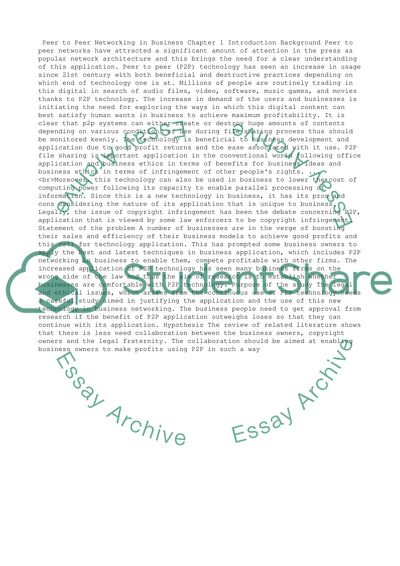Cite this document
(“Peer to Peer Networking In Business Research Paper - 1”, n.d.)
Retrieved from https://studentshare.org/business/1483634-peer-to-peer-networking-in-business
Retrieved from https://studentshare.org/business/1483634-peer-to-peer-networking-in-business
(Peer to Peer Networking In Business Research Paper - 1)
https://studentshare.org/business/1483634-peer-to-peer-networking-in-business.
https://studentshare.org/business/1483634-peer-to-peer-networking-in-business.
“Peer to Peer Networking In Business Research Paper - 1”, n.d. https://studentshare.org/business/1483634-peer-to-peer-networking-in-business.


